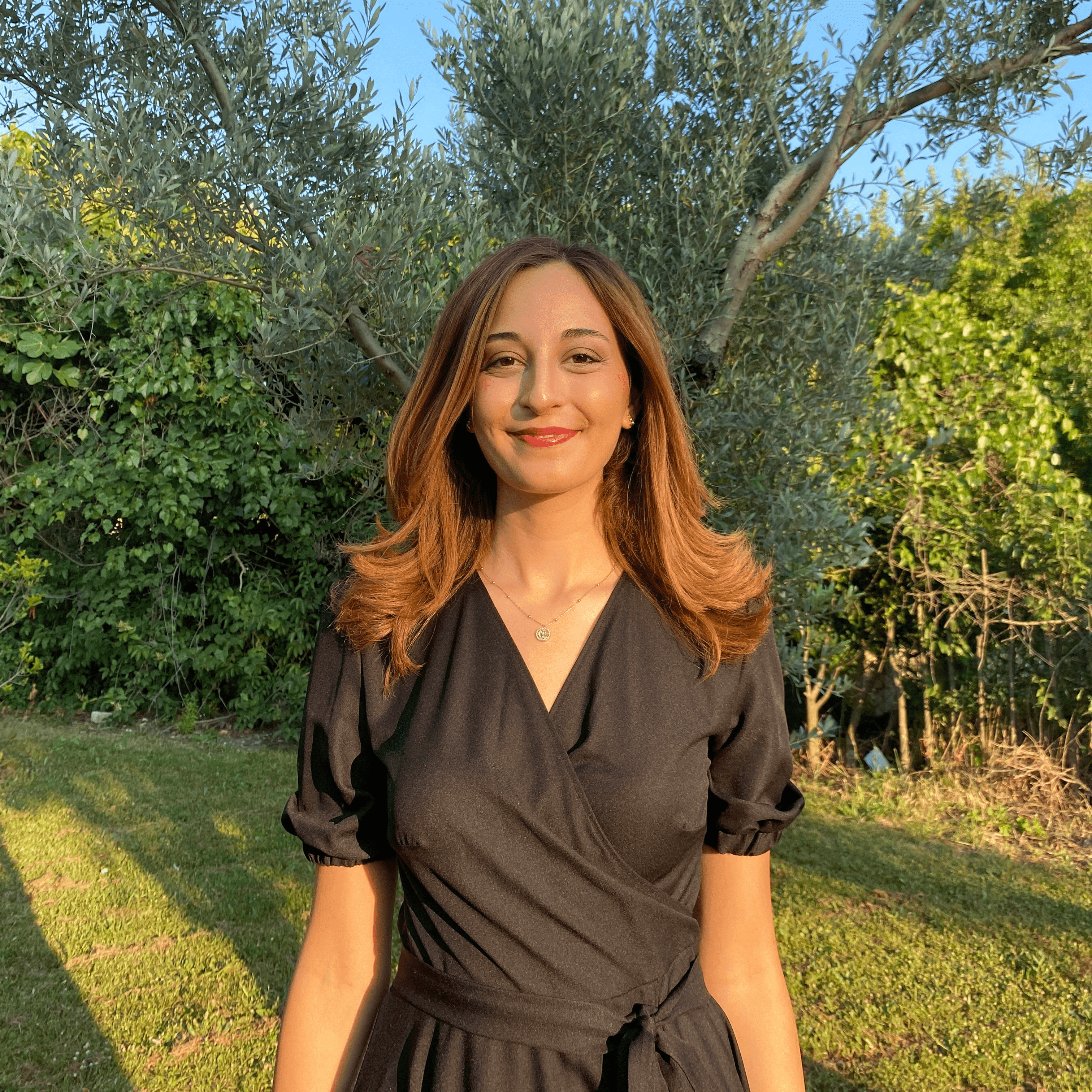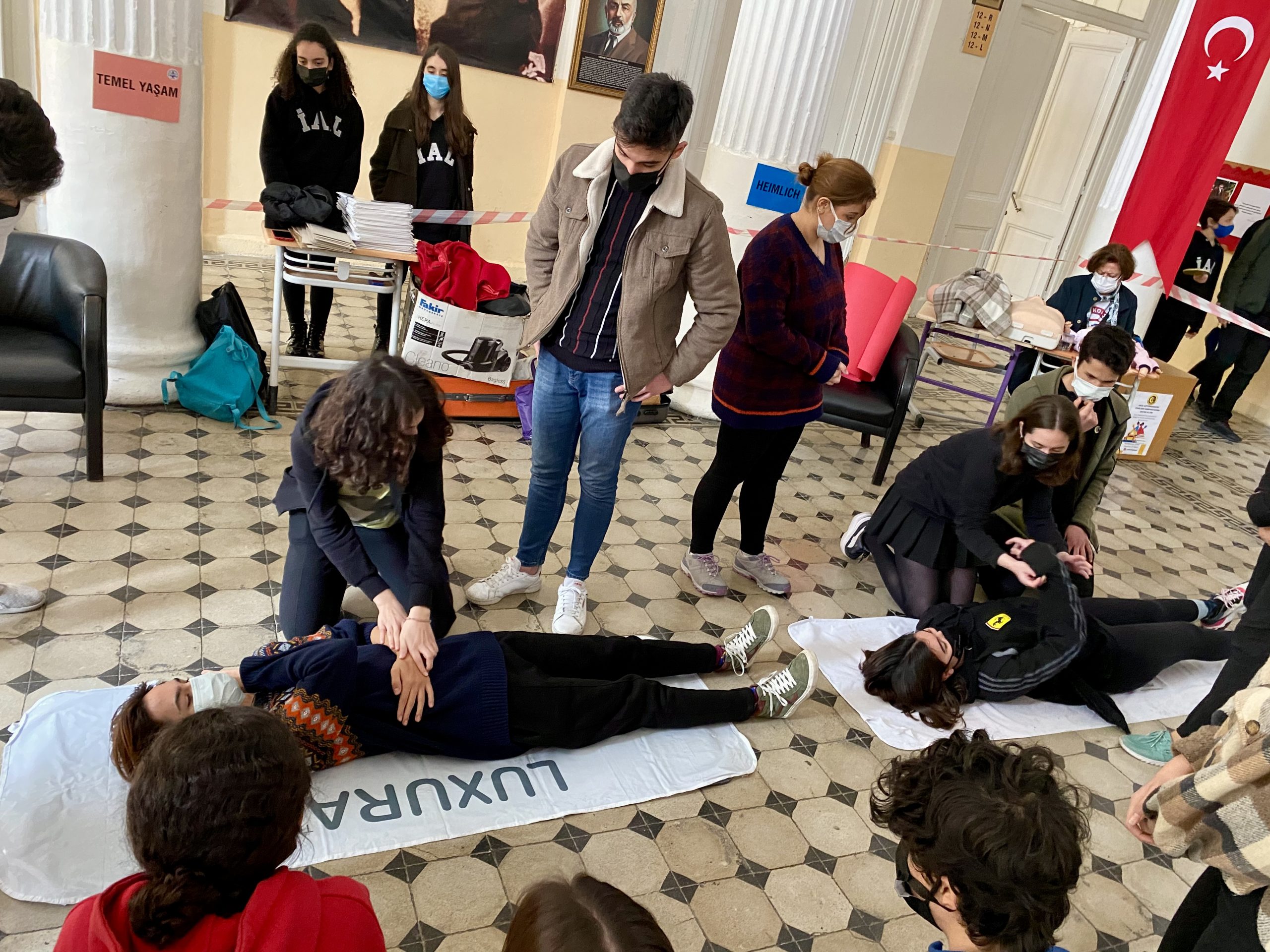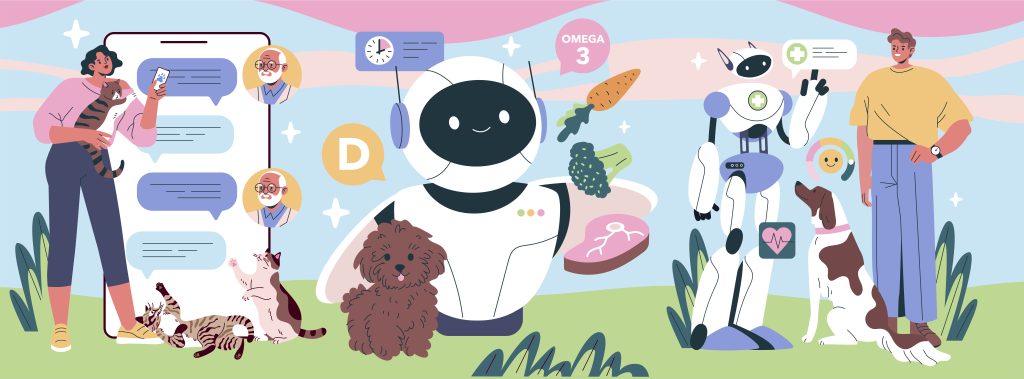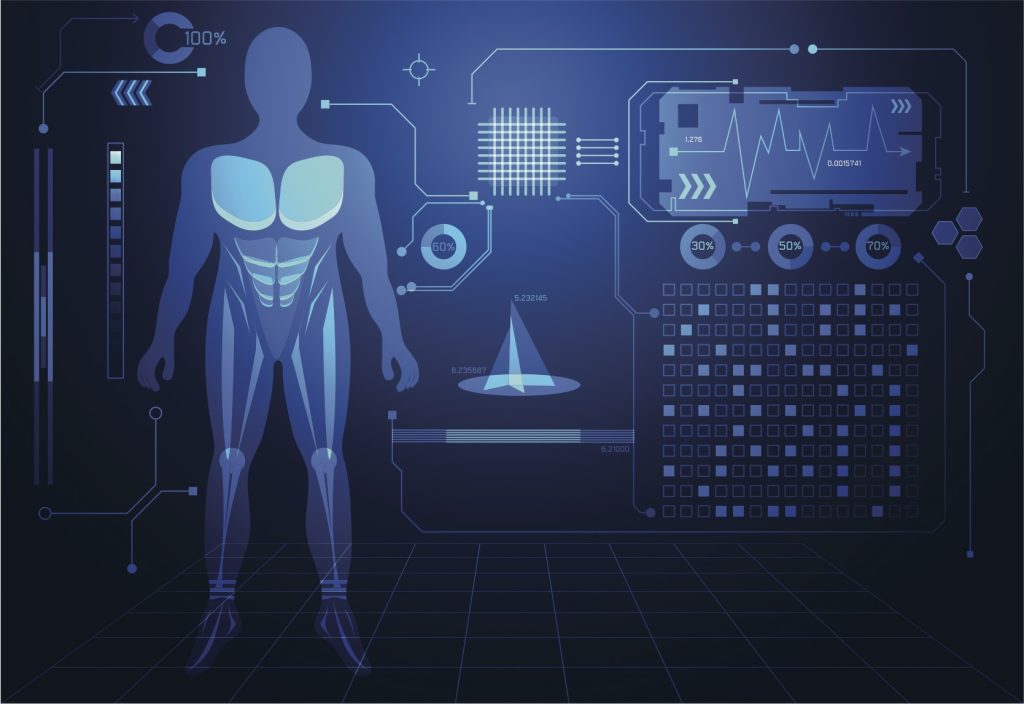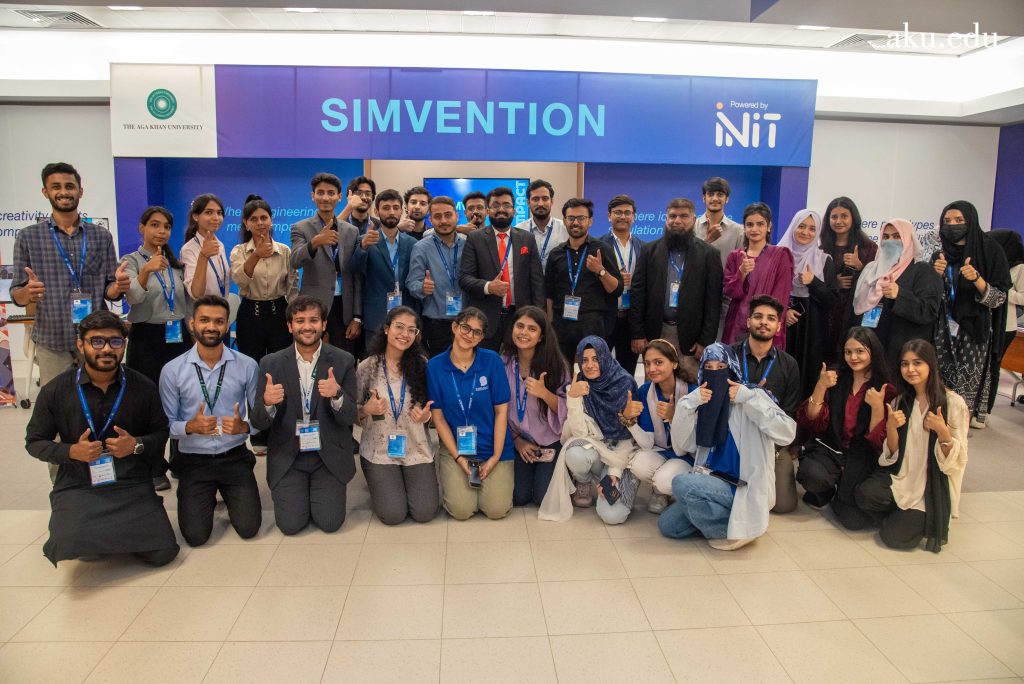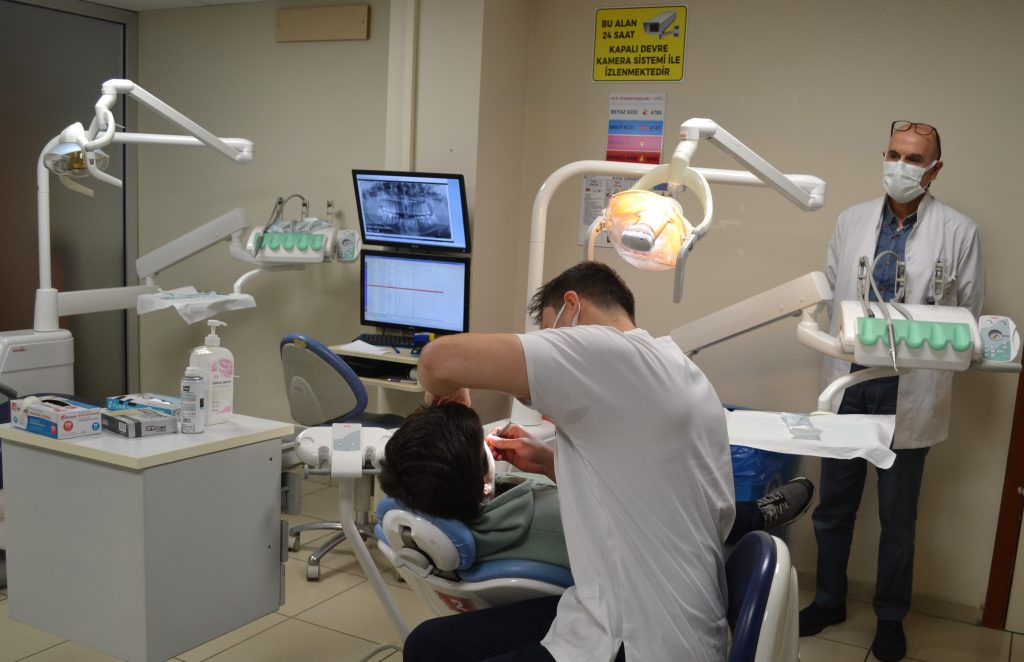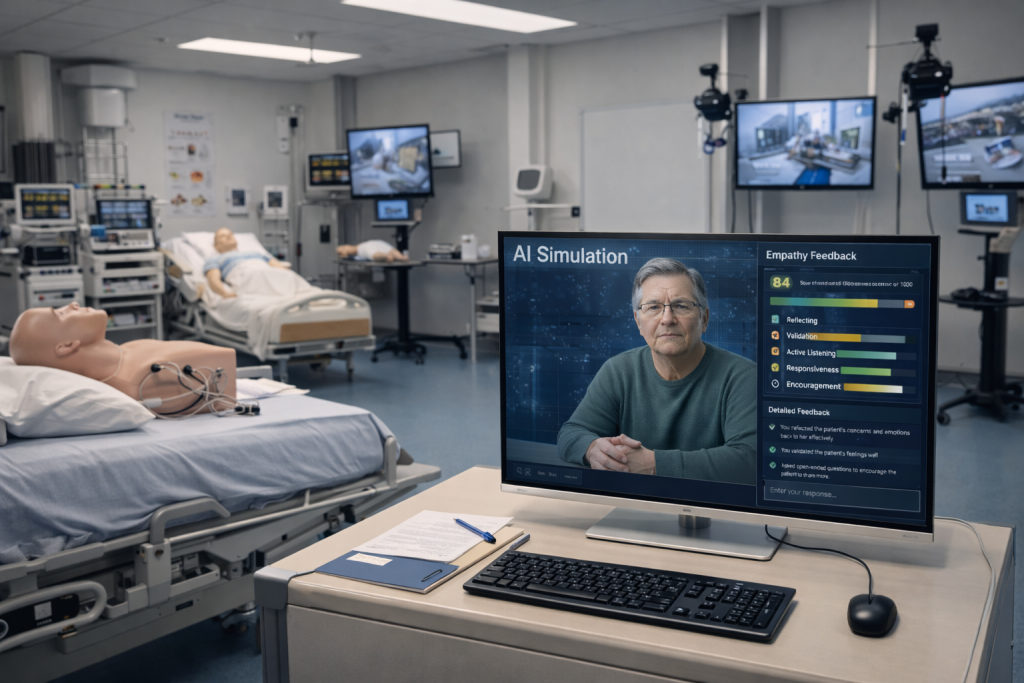In a groundbreaking shift, peer simulation promises to change medical education by offering a dynamic and cost-effective approach to health education. This method not only enhances clinical skills through hands-on, realistic scenarios but also strengthens collaborative learning and decision-making abilities among students. With its roots in problem-based learning, peer simulation builds deeper understanding and confidence, preparing students for real-world challenges by allowing them to learn from and with each other.
Do you think it’s possible to educate students without teachers? Can students carry out their own education without any instructor? Would you believe me if I said that perhaps only with a guide, students could learn to access the correct information on their own, and that the information would even be more permanent than the traditional education method we have known for years? At the point where simulation-based education combines with peer-to-peer teaching, there are exciting developments and innovations ahead of us. Let’s take a closer look at this fast-growing modern approach that will guide the educational curriculum for the coming years.
What is simulation-based medical education?
Let’s start with the basics of the concepts: Simulation is the imitation of tasks, relationships, phenomena, equipment, behavior, or certain cognitive activities that exist, consisting of methods and environmental elements.(1,2) While simulation has actually come to the fore with the military and aviation sectors, it has increasingly been integrated into all areas of education over time. The first full-body simulator in the healthcare industry was used in 1911. Nowadays, simulation centers, surgical simulation, virtual reality, many of them, from simulators to virtual hospitals, are becoming more and more prevalent. (3) It has now become a part of our daily lives, even if we do not realize it. The use of simulation in medical education has accelerated with the outbreak of the Covid-19 epidemic. In order to prevent the spread of the infected disease, steps have been taken to ensure the absolute benefit of the patient and to ensure that the students who remain away from the field do not lack education. Students who stayed out of clinical education have completed their shortcomings in education through simulation. (4) After the pandemic, the use of simulation has been included in hybrid education systems.
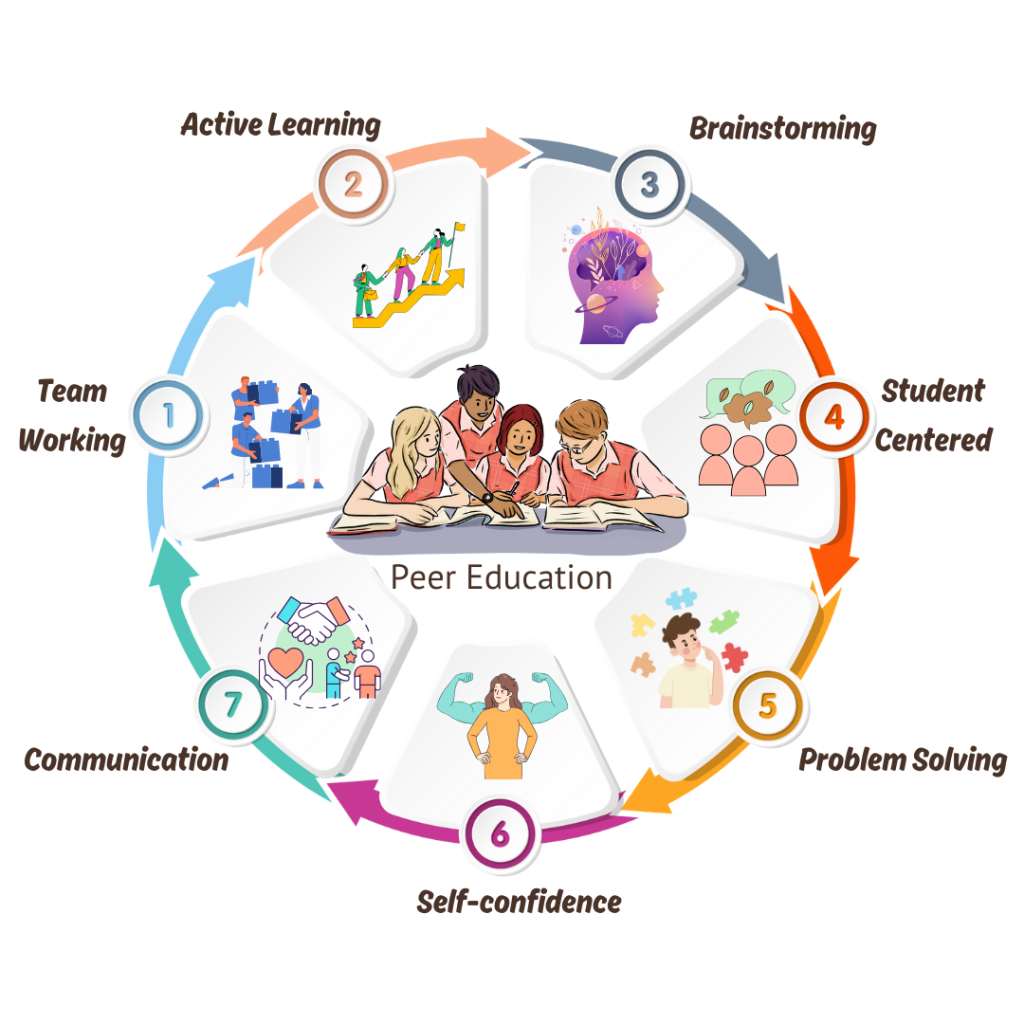
What benefits does simulation-based medical education provide?
Simulation-based medical education aims to enhance students’ clinical skills through repetitive practices by creating a safe environment. By putting the student at the centre, it supports achievements such as teamwork, task management, leadership, process management, and decision-making.(5) The possibility of simulating potentially risky clinical practices without harming the patient allows students to feel confident when confronted with a real patient. As our professors often tell us students, physicians should reassure the patient from the first moment they approach the patient. Because if the patient does not trust the doctor, the patient cannot establish a healthy relationship with the doctor, and this misleads the doctor in the diagnosis and treatment of the patient. The physician’s attitude, look, appearance, and communication with the patient are very important parts of the doctor-patient’s confidence environment. The doctor’s self-confidence is at the heart of all of this.
When a medical student enters clinical practice, he focuses on taking a patient’s detailed history, doing a physical examination, diagnosing, treating, and managing illnesses, and solving problems. When students take their first steps in these clinical skills, they are anxious, stressed, and insecure, and they also shake the patient- doctor’s confidence. At this point, the usefulness of simulation-based medical training is even more prominent. Students will have experienced and lived the scenarios they could experience in the nearest possible way to reality before they encountered a real patient. If he makes a mistake, he will gain skill by trying over and over again, without harming any living creature in front of him.
How does problem-based learning integrate with simulation for students?
The simplest method used in simulation-based medicine education is problem-based learning (PBL). Problem-based learning includes a patient/sickness scenario for solving health problems. It is a student- and peer-centric active learning process in a free discussion environment where students try to solve the problem using their own existing knowledge with their peers, setting learning objectives at the point where they feel the need, reading and researching it in detail, thus exploring their own learning dynamics. It has been demonstrated that the PBL has a positive impact on learning responsibilities, learning to learn, the durability of the information obtained, asking questions, solving problems, teamwork, acquiring communication skills, reflecting, and interpreting theoretical knowledge in the clinic. The scenarios used in PBL, as well as in various simulations, must be real-life encounterable, predictable, controlled, secure and repeatable. This allows the best clinical performance to be demonstrated when faced with a real equivalent condition. The scenarios should be in line with current medical information and should be reviewed regularly. It leads to multi-sensory learning and increases the long-term durability of knowledge.(3)
PBL was first implemented in the world in 1969 at the Mc. Master University and in Turkey in 1997 at the Faculty of Medicine of the 9 Eylul University (DEUTF). As a DEUTF student, I should add that PBL sessions are a process in which peer education is at the forefront, in which we learn how to analyze and interpret theoretical information, and we learn to learn ourselves, mostly from our peers, that is, from each other. That’s why sometimes we’re finishing the three hours we spent together without even noticing. Through peer learning, we are experiencing a dynamic learning that is entirely self-conceived, where teachers do not provide us with information through a single-flowing classical learning method. That’s why what we learn becomes much more lasting. Seeing the reflection of theoretical knowledge in clinical practice teaches us a professional approach.
How is peer-to-peer teaching transforming traditional educational methods?
Peer learning is defined as an educational process that groups of students of the same age or level of experience learn from each other.(1) The acquisition of knowledge and skills by means of active assistance and mutual support among friends in equal status with another exchange. Within similar social groups, they consist of people who are not professional teachers, who help each other learn and who learn for themselves.(6) Peer-to-peer teaching, or more broadly peer learning, is a method of education that has been tested extensively in the past: study on peer education has been available since 1957.(7) In a learning environment, students use their own time and resources to do research, while teachers increase their own free time. Because the teacher does not present the information directly to the students in a ready-made form by a didactic method.(1) Peer learning has been shown to enhance the self-quality of students when compared with traditional methods.(8) At DEUTF, last-class medical school students, known as intern doctors, teach their younger class students the basic skills in entry classes to the clinic. In the clinic’s entry classes, skills are taught that will be applied to the model such as opening the vessels, urine collection with Foley probes, catheterization, swallowing, and cardiac massage. For the first time, this study among peer students enables students to experience the practice, to experience less stress, to feel more comfortable and to get more motivated. At the same time, students are more comfortable asking questions without being afraid. Because they are less afraid of trial. Scientific research has proven that students experience less fear of trial.(9) Increases student confidence in their own performance and strengthens peer-to-peer communication and co-operation. They also learn by feeling more comfortable in a more fun environment. They share more information by better expressing their feelings. Peer support reduces the difficulty of clinical practices, as well as supports the student’s self-confidence development and reduces anxiety. (10) In these practices, which are also beneficial to peer teachers, they feel more confident and have a better relationship with the educational materials. Peer-assisted learning programs have benefits for both peer students and peer teachers. Peer teachers learn the knowledge they teach better, they keep it in mind longer, and they assimilate it, in short, by teaching. Students who learn from peer teachers are also more successful in examinations than those taught with a traditional teacher, either in objective structured clinical examination (OSCE) and test scores.(11)
In an article published recently in The Clinical Teacher, the authors also showed that, through peer learning and the use of simulation, students’ increasing teaching needs are addressed by solving problems such as limited faculty facilities, insufficient training time and increasing number of students. (12) Although the facilities of each faculty are not the same, real patient samples regarding the subject learned by the students may not be in the hospital at that time. Even if there is a case in the appropriate patient profile in the hospital or services, the patient can be too agitated, in a bad state or disorientated to guide the student’s learning. For these reasons, the use of simulated patients or simulations provides great ease.
The most valuable solution for the rapidly growing number of students in the faculties in practical teaching is based on peer-supported simulation.
Combining peer education and simulation is not a new concept, and peer learning in simulation education has proven to be a suitable, low-cost alternative for the education of health students.(9) Power is transferred from teacher to student in simulation-based peer education. A teacher acts as a guide that facilitates learning, not as a transmitter of knowledge. Inspired by the theory of self-executed learning and reversed learning, Degn and his colleagues conducted an experimental study consisting of 155 student control groups and 164 student intervention groups, adopting an inter-peer self-education concept. (1) As a result of the study, the group of students who organized peer-to-peer learning sessions in addition to simulation training showed significantly higher levels of self-confidence in technical skills compared to students who participated in simulation education alone. During the three-year study, Murakami and his colleagues (13) divided their graduate first-class medical assistants into three groups: a simulation group with simulation-based training, a group with traditional-based education, and a control group with no training. Peer-supported learning was known to have more of a learning effect than traditional education. From here, 75 students were evaluated with tests before and after the orientation process. When it comes to improvements in students’ scores, the most improvement was seen in the simulation group. Thus, the impact of the simulation was evaluated in conjunction with peer-supported learning. The medium and long-term impact of previous education was assessed using traditional and simulation-based learning methods combined with peer-supported learning. Simulation-based peer-supported education has thus revealed the potential to improve clinical performance of medical professionals.
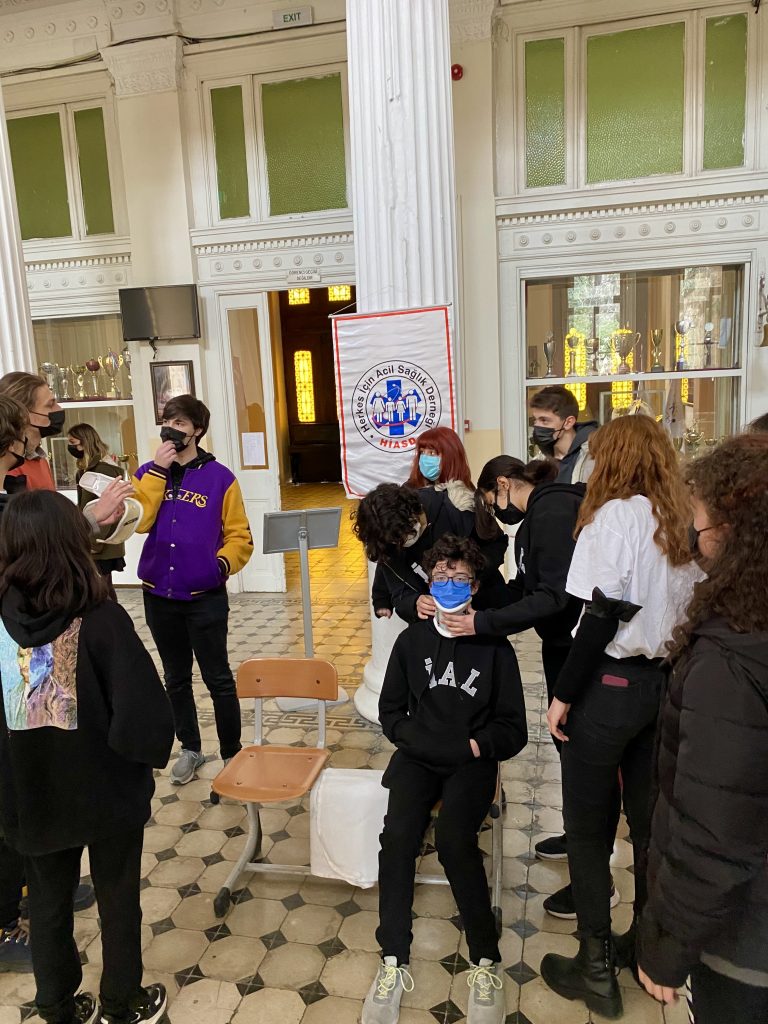
While the use of peer-aided learning in conjunction with simulation is based on the past and the positive impact of scientific studies and students has been demonstrated, the professional literature currently lacks an evidence-based curriculum for peer teaching that focuses on optimizing and enhancing learning during simulations. The effectiveness of a peer teaching training curriculum (PTTC) has been evaluated by Rudinsky and colleagues in a pioneering study published in 2023.(14) The evaluation was based on the following criteria: teaching learning, self-realization as an educator, and the leadership, advocacy, and educational role of the physician. These concepts also reflect the basis of learning and teaching. This curriculum has had a positive impact on the academic performance of both peer students and peer teachers. The combination of peer-supported learning with simulation in further studies and integration into the regular curriculum will have a direct positive impact on students’ academic achievement. Different studies have confirmed the impact of individual peer teaching techniques during simulation-based learning on medical student and assistant learning.(15) The increase in the number and diffusion of these pioneering works will also accelerate the development of curricula.
If we look at the latest studies published in 2024 based on peer learning and simulation, the positive effects of peer simulation continue to be revealed. In addition to the fact that simulation using peers is cheaper, attention has been drawn to the positive aspects of peers depicting real patients in the simulation. The peer simulation has been shown to enable students to learn through improved empathy, unexpected realism, advanced clinical judgment, and confidence. It has been found to be very interesting and encouraging to students by students. At the same time, peer-to-peer use has shown that this feedback plays an important part in the experience, making it easier for me to get feedback from close peers. The reception and delivery of feedback, increased self-confidence, the development of communication and empathy skills, training in an environment of increased confidence, and high perception of information transferred from simulation to clinical environment have been confirmed once again.(16)
Conclusions
Simulations are a tool that allows students to learn more motivation and fun, which can be less costly, without the risk of harm to the patient. It contributes to easier learning and to more durable learning. Peer learning allows students to feel freer and more comfortable, making them feel more confident. Peer learning, which makes a significant contribution to medical education, and the rapid growth of simulation-based education, along with the advancement of technology, are the principles that will guide the future. The combination of these two effective learning methods in peer-supported simulation-based learning combines the positive effects of both principles to create a better educational model.
There is no doubt that peer-supported simulation-based training practices in different clinical fields will increase in the future. Could peer-supported simulation training, which has been proven by countless studies to be very important for both peer students and peer teachers, leave teachers unemployed over the next few years? Can peer-supported simulation learning replace teachers, just as artificial intelligence replaces certain occupational groups?
REFERENCES
- Degn L, Selberg H, Markussen ALR. How Can we Use Simulation to Improve Competencies in Nursing? How Can we Use Simulation to Improve Competencies in Nursing? Springer International Publishing; 2023.
- Kartal Dokuz Eylül Üniversitesi Tıp Fakültesi M, Hekimliği Anabilim Dalı A, Mıdık Ö, Kartal M, Mayıs Üniversitesi Tıp Fakültesi O, Eğitimi Anabilim Dalı T, et al. Derleme Simülasyona Dayalı Tıp Eğitimi. Marmara Medical Journal. 2010.
- Herrera-Aliaga E, Estrada LD. Trends and Innovations of Simulation for Twenty First Century Medical Education. Vol. 10, Frontiers in Public Health. Frontiers Media S.A.; 2022.
- Ayaz O, Ismail FW. Healthcare Simulation: A Key to the Future of Medical Education – A Review. Vol. 13, Advances in Medical Education and Practice. Dove Medical Press Ltd; 2022. p. 301–8.
- Lee J, Lee JH. Effects of simulation-based education for neonatal resuscitation on medical students’ technical and non-technical skills. PLoS One. 2022 Dec 1;17(12 December).
- Topping KJ. Advantages and Disadvantages of Online and Face-to-Face Peer Learning in Higher Education: A Review. Educ Sci (Basel). 2023 Mar 23;13(4):326.
- Klopfer WG. The evaluation of students by their peers. J Med Educ. 1957 Apr;32(4):278-81.
- Nakayama N, Ejiri H, Arakawa N, Makino T. Role of peer learning and self-efficacy in parasympathetic activity during the simulation learning process in nursing students. Nurs Open. 2023 Feb 1;10(2):552–9.
- Dennis D, Cipriano L, Mulvey G, Parkinson S, Reubenson A, Furness A. Observational Study Exploring the Efficacy and Effectiveness of a New Model of Peer-Assisted Simulation-Based Learning Clinical Placement. Int J Environ Res Public Health. 2022 Apr 1;19(8).
- Carey MC, Kent B, Latour JM. Experiences of undergraduate nursing students in peer assisted learning in clinical practice: a qualitative systematic review. JBI Database System Rev Implement Rep. 2018 May;16(5):1190–219.
- Jauregui J, Bright S, Strote J, Shandro J. A Novel Approach to Medical Student Peer-assisted Learning Through Case-based Simulations. Western Journal of Emergency Medicine. 2018 Jan 18;193–7.
- Malmut L, Ng A. Near-peer teaching in simulation. Clinical Teacher. 2023 Oct 1;20(5).
- Murakami T, Yamamoto A, Hagiya H, Obika M, Mandai Y, Miyoshi T, et al. The effectiveness of simulation-based education combined with peer-assisted learning on clinical performance of first-year medical residents: a case-control study. BMC Med Educ. 2023 Dec 1;23(1).
- Rudinsky SL, Spalding C, Conley SP, Everett L, Cole R. The development, implementation, and evaluation of a medical student peer teaching training curriculum during a high-fidelity prehospital trauma simulation. AEM Educ Train. 2022 Aug 1;6(4).
- Yamamoto A, Obika M, Mandai Y, Murakami T, Miyoshi T, Ino H, et al. Effects on postgraduate-year-I residents of simulation-based learning compared to traditional lecture-style education led by postgraduate-year-II residents: A pilot study. BMC Med Educ. 2019 Mar 20;19(1).
- Granger CL, Smart A, Donald K, McGinley JL, Stander J, Kelly D, et al. Students experienced near peer-led simulation in physiotherapy education as valuable and engaging: a mixed methods study. J Physiother. 2024 Jan 1;70(1):40–50.
READ ALSO


